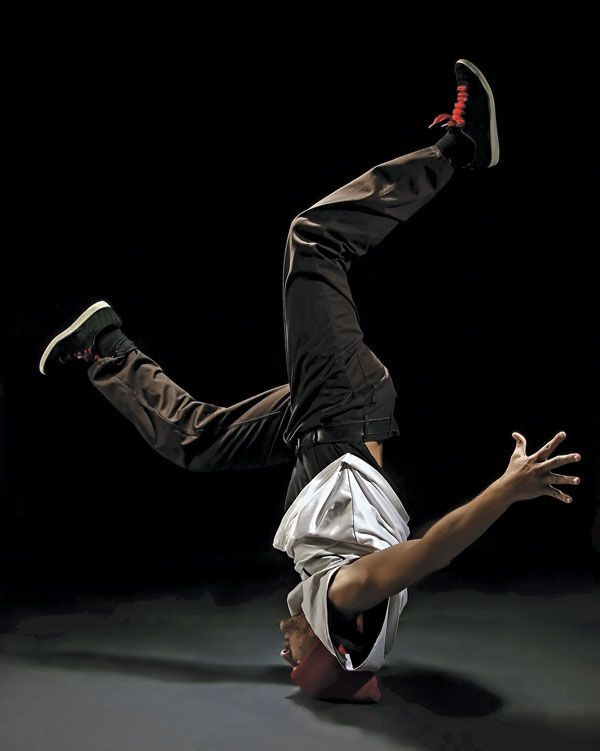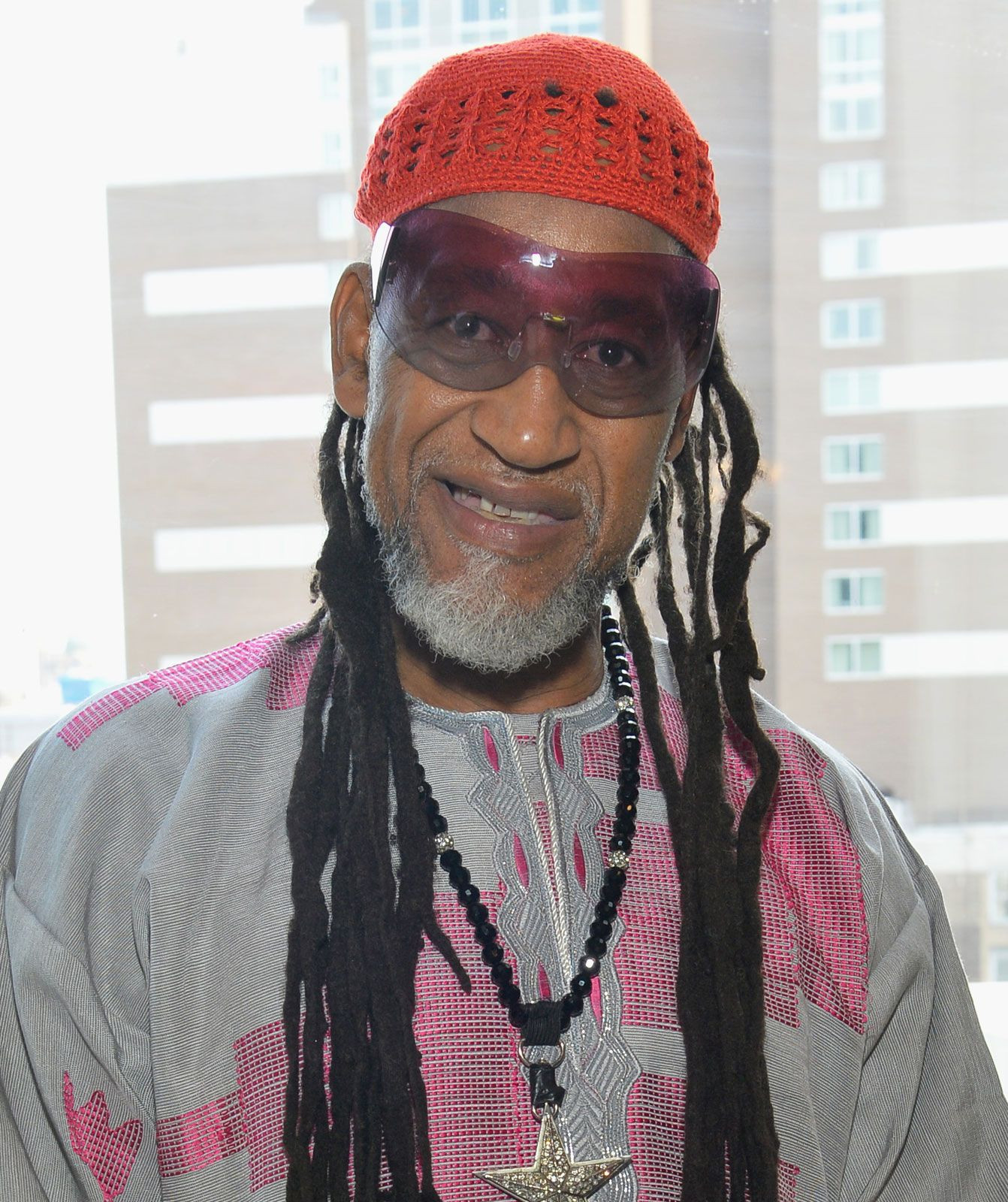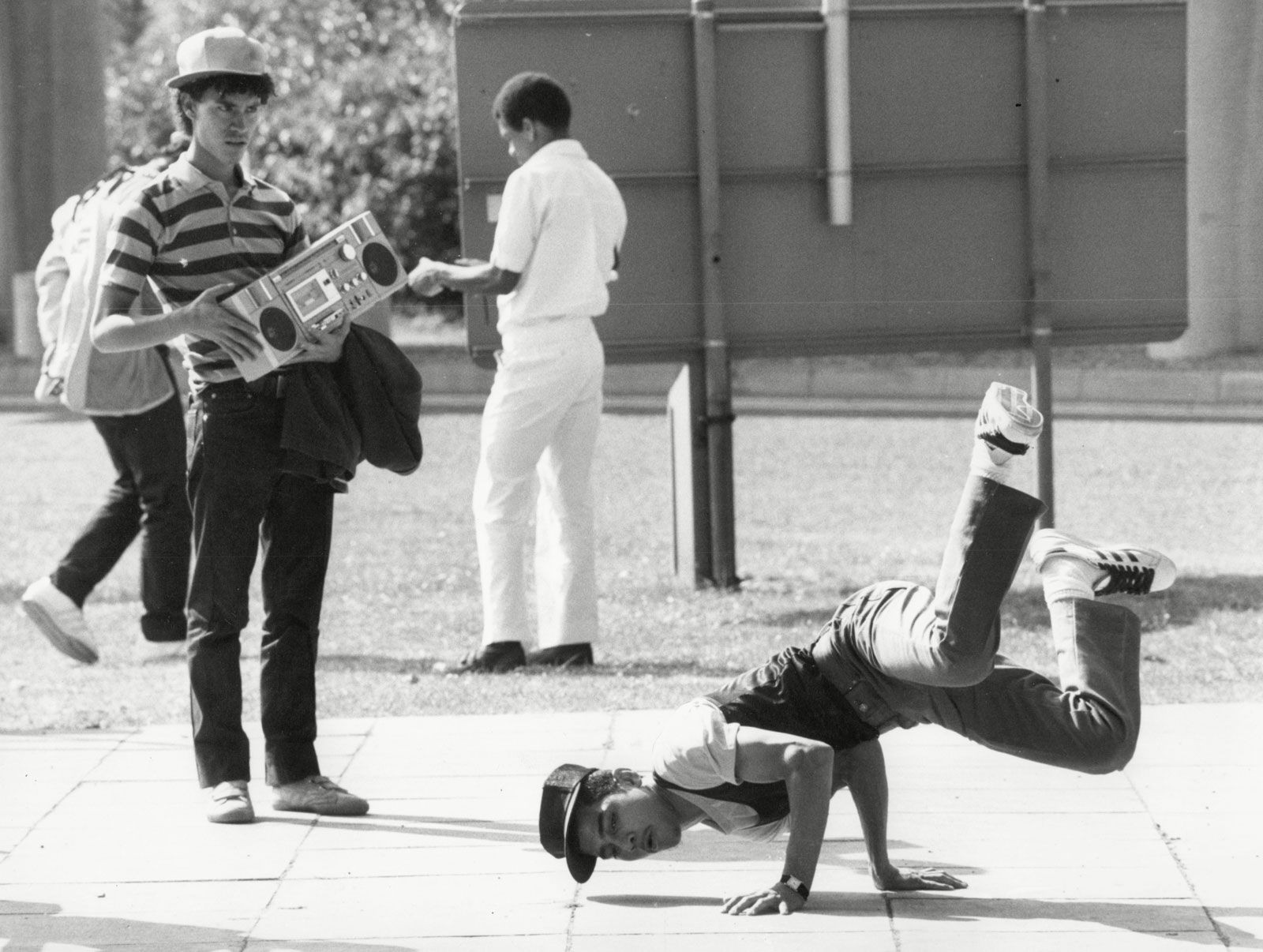Breakdancing, also known as breaking or b-boying, is a dynamic and acrobatic dance form that has captivated audiences worldwide. Characterized by its intricate footwork, power moves, and improvisational nature, breakdancing is more than just a dance; it’s a cultural phenomenon with deep roots. But where did this energetic dance style actually originate? The answer lies in the vibrant streets of New York City during the late 1960s and early 1970s, where African American and Latino communities forged a new mode of expression.
 Breakdancer in action
Breakdancer in action
The Birthplace: New York City in the Late 60s and Early 70s
The genesis of breakdancing can be traced back to the Bronx, New York City, a borough brimming with creativity amidst social and economic challenges. During this era, block parties were a staple of community life, providing a space for music, dance, and social interaction. It was within this vibrant backdrop that breakdancing began to take shape. Influenced by a melting pot of movements, including elements of martial arts, gymnastics, and even earlier forms of street dance, young people started experimenting with new ways to move to the rhythm of the music.
The Pioneers: African American and Latino Communities
Breakdancing is deeply intertwined with the cultural heritage of African American and Latino communities in New York City. These communities were the driving force behind the dance’s innovation and popularization. Young individuals, often referred to as “b-boys” and “b-girls,” used dance as a form of self-expression, competition, and storytelling. The dance floor became a stage where they could showcase their skills, creativity, and resilience, reflecting the energy and spirit of their urban environment.
 DJ Kool Herc, the father of hip hop, performing in 2018
DJ Kool Herc, the father of hip hop, performing in 2018
DJ Kool Herc and the “Break”
A pivotal figure in the origin story of breakdancing is DJ Kool Herc (Clive Campbell), a Jamaican-American DJ. Kool Herc revolutionized dance music by developing a technique known as “the break.” He noticed that dancers at parties particularly energized during the instrumental breaks in songs – sections with strong percussive beats. Herc ingeniously extended these breaks by using two turntables to switch back and forth between identical records, looping the break sections. He coined the term “break-boys” (later shortened to b-boys) to refer to the dancers who would perform their most dynamic moves during these extended breaks. His shout-out, “B-boys go down!” became a legendary cue for dancers to unleash their acrobatic skills.
From Streets to Mainstream and Beyond
Initially a localized phenomenon within New York City, breakdancing gradually expanded its reach. In the 1980s, breakdancing broke into the mainstream, fueled by media attention and the incorporation of breakdancing elements into popular culture. Artists like Michael Jackson further popularized the dance, and the term “breakdancing” itself was coined by the media during this period. Although sometimes conflated with other West Coast dance styles like popping and locking, breakdancing maintained its unique identity rooted in the New York street culture.
 Breakdancing performance in London in 1983
Breakdancing performance in London in 1983
The influence of breakdancing extends far beyond its initial street setting. It has profoundly impacted modern dance, music videos, and live performances. Remarkably, breakdancing has transitioned from street corners to global stages, culminating in its recognition as an official Olympic sport for the 2024 Paris Olympics. This journey underscores the enduring appeal and cultural significance of breakdancing, a dance form born from the creativity and energy of New York City’s streets.
